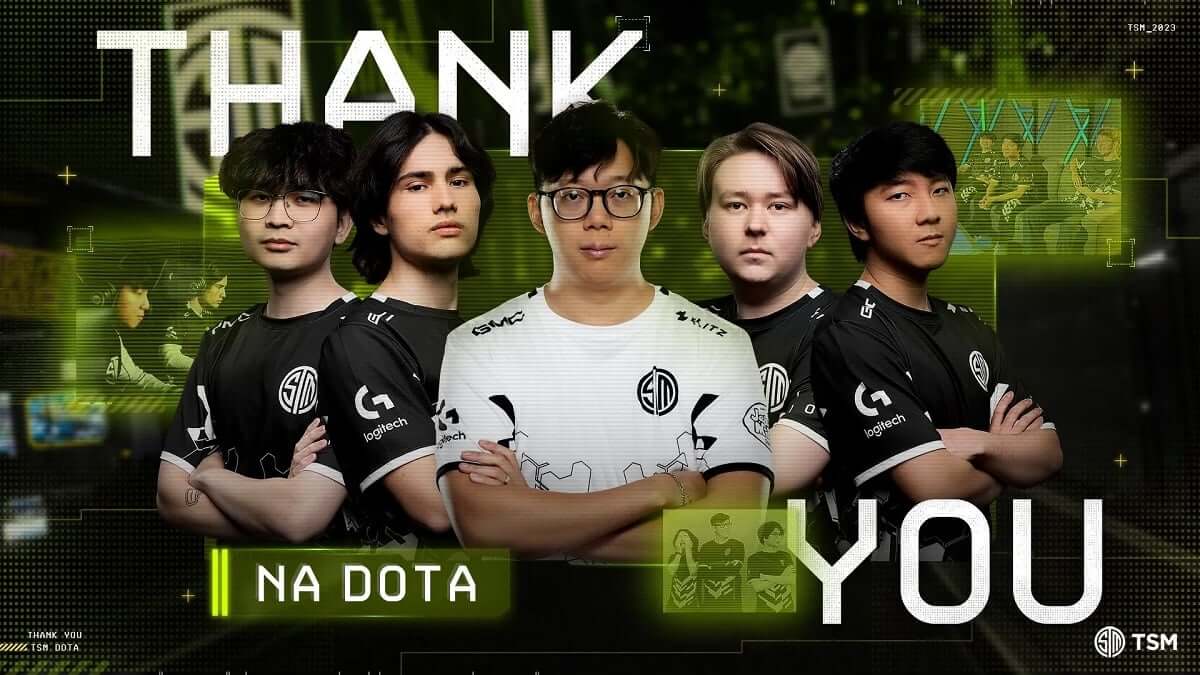In a surprising turn of events, Tundra Esports has disbanded its entire Dota 2 roster, merely three weeks after signing them. This decision comes in the wake of their underwhelming performance at ESL One Kuala Lumpur.
Valve’s Decisions and the Impact on the Dota 2 Scene
Valve’s radical changes to Dota 2 last year – eliminating the Battle Pass for The International and the Dota Pro Circuit – were initially met with hope. These decisions signaled a potential shift in Valve’s approach to managing the competitive scene. However, the absence of a clear direction since then is beginning to have tangible effects.

The Fallout of Uncertainty
The lack of a clear competitive structure or replacement for the Dota Pro Circuit is causing distress among organizations invested in Dota 2. Tundra Esports’ drastic move highlights the growing concern within these organizations.
Without clear visibility from the publisher on the competitive roadmap, organizations are reevaluating their involvement and investment in the game.
The Disintegration of Tundra’s Team
Tundra’s original team for The International 2023 had already disbanded following a disappointing 16th-place finish, unable to defend their Aegis.
While poor performance might be cited as a reason, the underlying issue seems to be the uncertainty in Dota 2’s competitive landscape. This uncertainty is leading organizations to question not just their participation, but also the financial viability of maintaining a roster.

Analyzing the Impact on the Competitive Scene
Tundra Esports’ exit from the Dota 2 scene is a significant indicator of the challenges facing the game’s competitive ecosystem. For Dota 2 to thrive, it is essential for Valve to provide a clear, sustainable competitive framework that reassures teams and organizations of their investments.
The future of Dota 2’s esports scene hinges on the publisher’s next moves, and the community eagerly awaits a strategic direction that can revitalize the game’s competitive appeal.

